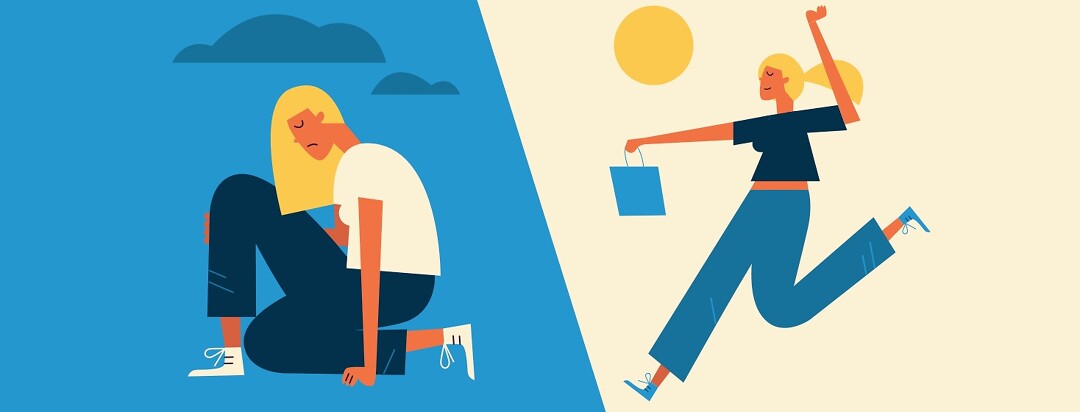The Energizer Bunny is Back: Managing My Polycythemia Vera Fatigue
The commercial is familiar to us all - the motorized fuzzy pink bunny toy with flip-flops and sunglasses beating a bass drum with the Energizer Battery logo in the center. He keeps going and going and going. The iconic bunny, as I learned from a quick Google search, has been a fixture in the Energizer campaign since 1988.
By now, you are probably wondering why am I giving you a history lesson on a marketing tool? What does this have to do with cancer?
Before they diagnosed me with cancer, I kind of thought of myself as the Energizer Bunny. It seemed like I was always going and going and going. I filled my days with events. I’d get up early, run five miles and then head to the office. After work, my routine included carting three kids around to various extra-curricular activities. On top of this, there was cleaning, cooking, and volunteering. I was always going a hundred miles per hour.
Substandard batteries
In 2016, this all changed. I was diagnosed with two separate cancers within a few months of each other. First was the diagnosis of a rare blood cancer called polycythemia vera. An invasive ductal carcinoma or breast cancer diagnosis followed this.
In hindsight, I had fatigue, one of the major symptoms of PV, long before the diagnosis. However, I ignored it, figuring my full schedule was to blame. Between the PV and four months of the breast cancer chemo, I experienced bone-crushing tiredness. In addition, the psychological effects of two cancers made me weary. Therefore, instead of proudly banging my drum like the Energizer Bunny in continuous motion, I would wear out, usually by the end of the day. It was like I was running on cheap generic batteries.
Spoon theory
I heard about Spoon Theory early in my diagnosis. Spoon theory is a metaphor to describe the amount of energy it takes to get through the day. Healthy people have an unlimited number of available “spoons.” Those with a chronic illness, like blood cancer, do not. They have to ration the number available. Every activity from taking a shower to making dinner takes away a spoon. When these symbolic spoons disappear, the individual no longer has the energy to do anything else.1
This was such an exceptional way to describe my days after the diagnoses. Looking back, my “spoons” would usually run out on my commute after work. This was a bit terrifying as I was doing the head nod all the way home. Sometimes I would make it past dinner only to fall asleep on the couch watching TV, much to my kids’ amusement.
Seeing improvements in my fatigue
Flash forward to today, almost five years after diagnosis. I still have days where I struggle to make it through. However, I appear to have gained a few more spoons.
Interestingly enough, a lot of my recent spoon acquisition can be attributed to COVID-19. My life is simpler now, as of my writing this. No hour-plus commute each day. Groceries are curbside, eliminating the need to walk through the store and fight the crowds. Most anything else I need to purchase, Amazon can deliver. A regiment of healthy eating, exercise, and medication has also helped tremendously.
Now my days are full of activities (mostly virtual). Most of the time I even have energy at the end of the day. I feel like I have replaced my substandard batteries with good batteries. I’m again pounding my drum and going and going and going...

Join the conversation